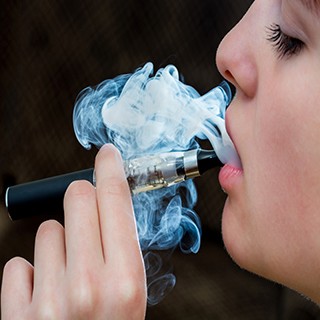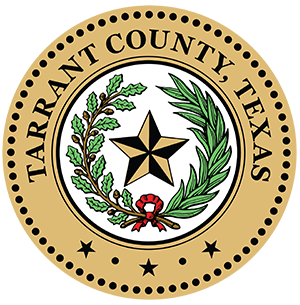December 19, 2018
December 19, 2018
They're not just blowing smoke.
An advisory released by the U.S. Surgeon General says:
"The recent surge in e-cigarette use among youth, which has been fueled by new types of e-cigarettes that have recently entered the market, is a cause for great concern.
"We must take action now to protect the health of our nation's young people. KNOW THE RISKS. TAKE ACTION. PROTECT OUR KIDS."

Parents, in case you're not aware:
- Vapes, vaporizers, vape pens, hookah pens, electronic cigarettes and e-pipes are some of the many terms used to describe electronic nicotine delivery systems (ENDS).
- ENDS are a liquid mixture which contains nicotine, flavorings, propylene glycol and other potentially harmful ingredients. When this liquid is heated, it creates an aerosol that the user inhales.
- There are currently over 465 brands and 7,750 flavors of ENDS.
- In 2018, more than 3.6 million U.S. youth, including one in five high school students and one in 20 middle school students, currently use e-cigarettes.
- One of the most commonly sold e-cigarettes is JUUL, which contains a high level of nicotine. A typical JUUL pod contains as much nicotine as a pack of cigarettes, making it easier for youth to get addicted.
Bottom line: It's important for parents to know that their child's continued exposure to e-cigarettes of ANY KIND during adolescence can harm their brain, seriously affecting their ability to learn, remember and maintain focus.
Parents, educate your children on the negative effects of vaping. If they are vaping, help them find ways to break the habit.
And if smoking is hard for you to quit, TCPH offers a free program for adults that can help you become tobacco-free. You can bring your child along too.
Your example and resolve to quit might just help your son or daughter.
Sincerely,
Veerinder (Vinny) Taneja
Tarrant County Public Health Director


 TARRANT COUNTY, TX
TARRANT COUNTY, TX

 Public Health
Public Health